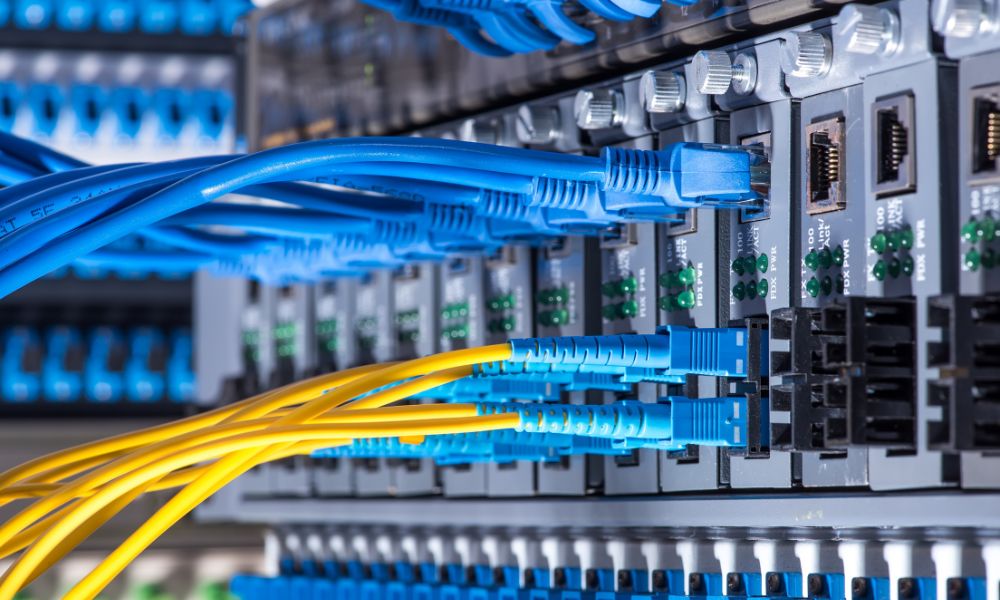
Technology plays a crucial role in businesses, and one vital aspect that business owners must consider is their cable infrastructure. However, it can be tricky to determine the best setup with so many available options. Read on to learn which cable infrastructure is best for your business so you can make the connection between technology and success.
Ethernet Cables
Ethernet cables are the most popular type of cable infrastructure. They have numerous uses in technical settings, connecting devices such as computers, printers, and routers. Most Ethernet cables come as an untwisted pair (UTP) or a shielded twisted pair (STP). The UTP cable is easy to install and sufficient for most applications, given its small diameter and pliable structure.
However, the STP cable would be best if your business operates in an environment with much electrical interference. The shield offers excellent protection against interference and prevents signal degradation.
Fiber Optic Cables
Fiber optic cables offer the fastest and most reliable network connection. They transmit data using light pulses and are immune to interference from electrical devices. These cords are best suited for applications that require a high bandwidth connection, such as video conferencing, cloud computing, and video streaming. Note that installation of fiber optics takes longer than other cabling infrastructures because installers must use special equipment to test it.
Coaxial Cables
Cable providers typically use coaxial cords to deliver television signals to homes and businesses. Businesses also use them to connect to Internet services.
Coaxial cables are affordable and easy to install, making them practical for small businesses. However, they are not as fast as Ethernet and fiber optic cables and are unsuitable for data-intensive operations.
Powerline Networks
Powerline networks use a business’s existing electrical wiring. This cable infrastructure is best for your business if running new cables or maintaining wireless connectivity is challenging.
Powerline adapters plug into electrical outlets, creating a network across the premises. Powerline networks provide a reliable connection yet are not as fast as Ethernet or fiber optic cables. Additionally, they are susceptible to interference from other electrical appliances and might not be the best choice for businesses with high data transfer needs.
These cable infrastructure options have benefits and drawbacks. Carefully consider your business needs, and select the cable infrastructure that best suits your requirements. The cabling system you choose should help your team achieve its business goals, so consider what bulk network cables you need to succeed.



